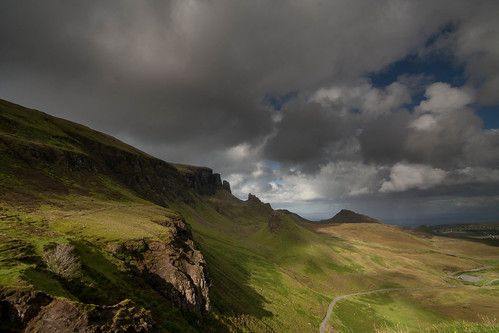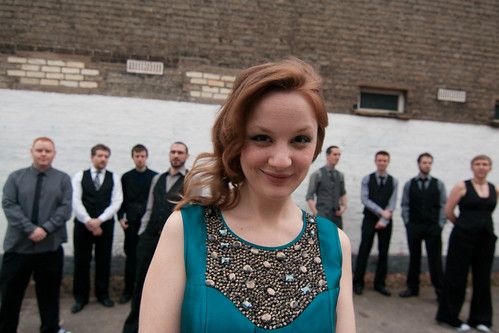Wide Boy

My Combined Christmas & Birthday Present last year was a Tokina 11-16 Ultra Wide Angle lens. At the time, my lens choices consisted of my beloved 50mm f1.4, and a rubbish Tamron 18-200 zoom (side note - I would not recommend this lens to anyone for any purpose. I genuinely think it stunted my growth as a photographer). I only ever seemed to use the zoom at its widest end, so my thinking was that I should get a proper, fast lens designed to do ‘wide’ properly. And I got that. But I got more; a lot more. So here are a few observations from a year of living the wide life.
Ultra Wide really does mean Ultra Wide
I genuinely did not appreciate how much difference a couple of millimetres makes at this focal length. In my head, 16mm was close enough to the 18mm I was shooting with the Tamron to be interchangeable. In fact, 16mm is a good bit wider than 18mm, and 11mm is a huge difference. There is a reason that these lenses are marketed as a different category; they do perform differently, and require a different set of considerations when composing.
__Too Much F**king Perspective__
As it turned out, the WIDTH of the scene available to be captured isn’t the most interesting attribute of the Ultrawide lens. The (initially) most problematic and (eventually) most exciting effect of these crazy optics is the DEPTH of the scene. Where long lenses squish the perspective of a shot, wide-angles stretch it out. More specifically, these lenses make the foreground really long.
 The Long, Long Foreground
The Long, Long Foreground
So, that tree/boat/animal in the middle distance which in your mind’s shutter is going to look so awesome in the context of the spectacular panorama? You’re barely going to be able to tell it’s there (I ended up cropping a lot in the first few months to bring my intended subject more into the shot).
At 11mm, a frame centred on the horizon will include the floor from about 2 metres in front. Consequently, I found that the most effective scenes are those where the subject is in the immediate foreground, or where there is no immediate foreground. This usually means getting much closer to the subject than would usually feel natural, or composing with loads of sky. Or, as in the case of this one, getting a bit closer to the edge of a sheer drop than is perhaps desirable.
 Q is for Quiraing
Q is for Quiraing
Distortion
Once I’d figured this out, I started to compose shots in my head which took advantage. This shot of The Titanics v3 seemed like a good way of getting 9 people in a picture, while managing to keep the focus on Ruth, our singer. Unfortunately, I’d neglected to take into account the distortion on the edges of the frame, which ended up not being at all flattering for Jase and Alison.
 F Is For Funk
F Is For Funk
While this distortion is pretty undesirable for people, it adds drama and interest to verticals, especially buildings, which look like they’re leaning into shot.
[C is for Clouds] ( )
)
May I be candid?
While in the crowded Ben Thanh market in Ho Chi Minh City, it occurred to me that the combination of a fast lens with a wide coverage was perfect for shooting unobtrusively from the hip. I managed to capture a number of lovely moments that would have no doubt disappeared if I’d had to raise the camera to my eye. It’s a technique I intend to use more often in the future.
When I was struggling to get to grips with it initially, I feared this might be a specialist lens with a niche application. As it turns out it stays on my camera for weeks at a time, and I’d highly recommend it to anyone looking for something a little bit different to do with their SLR.